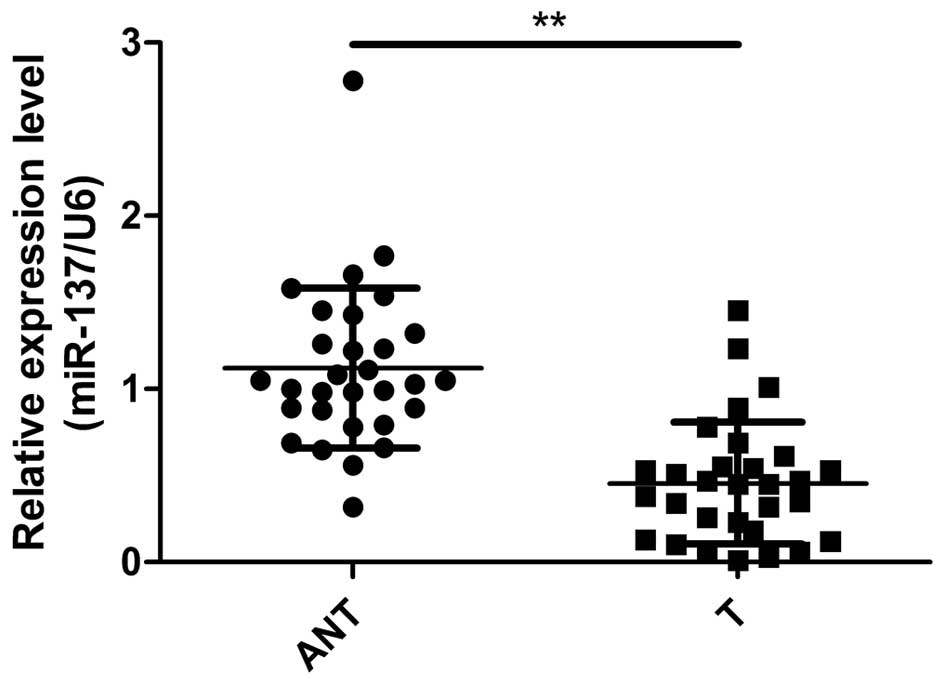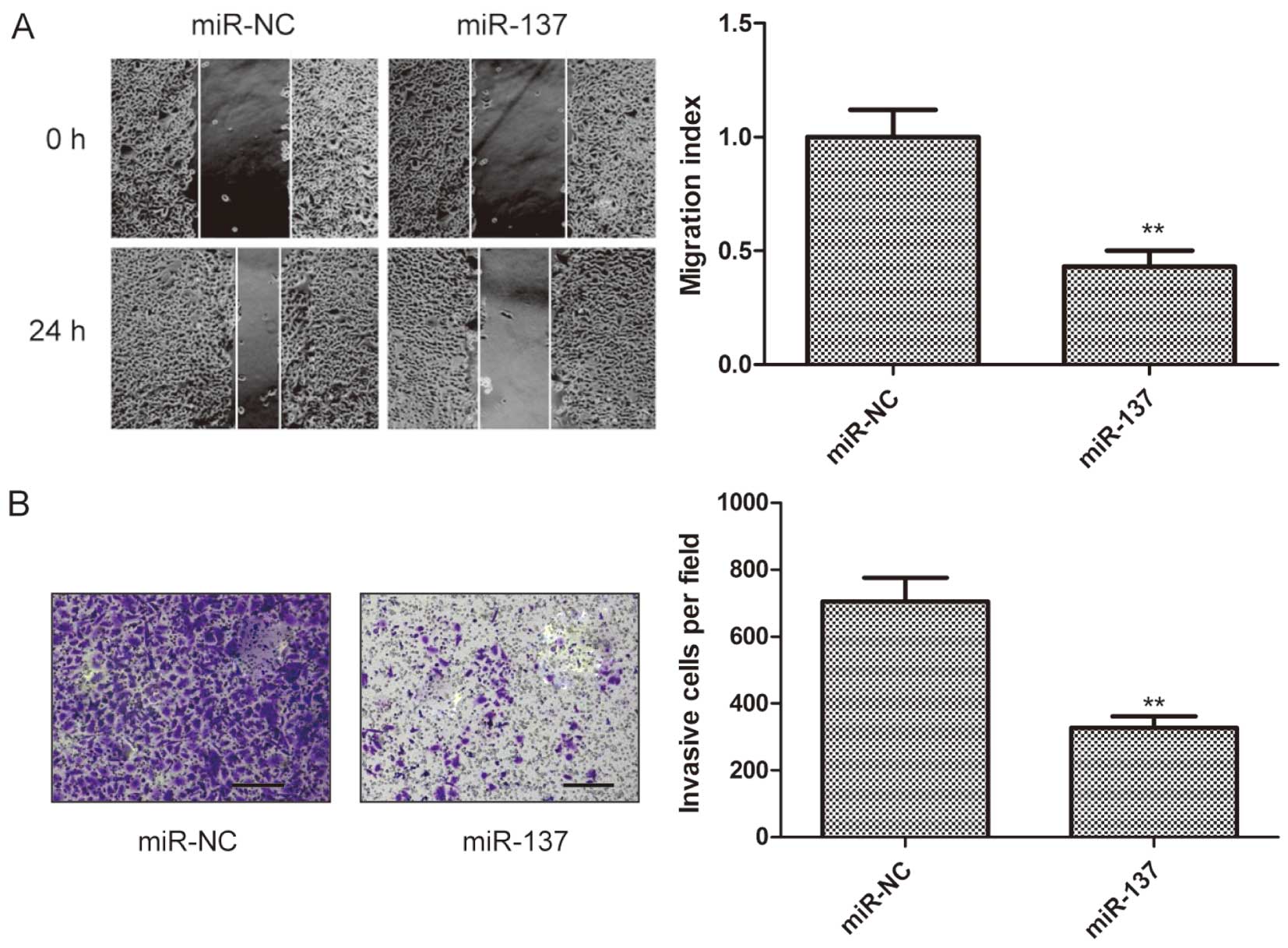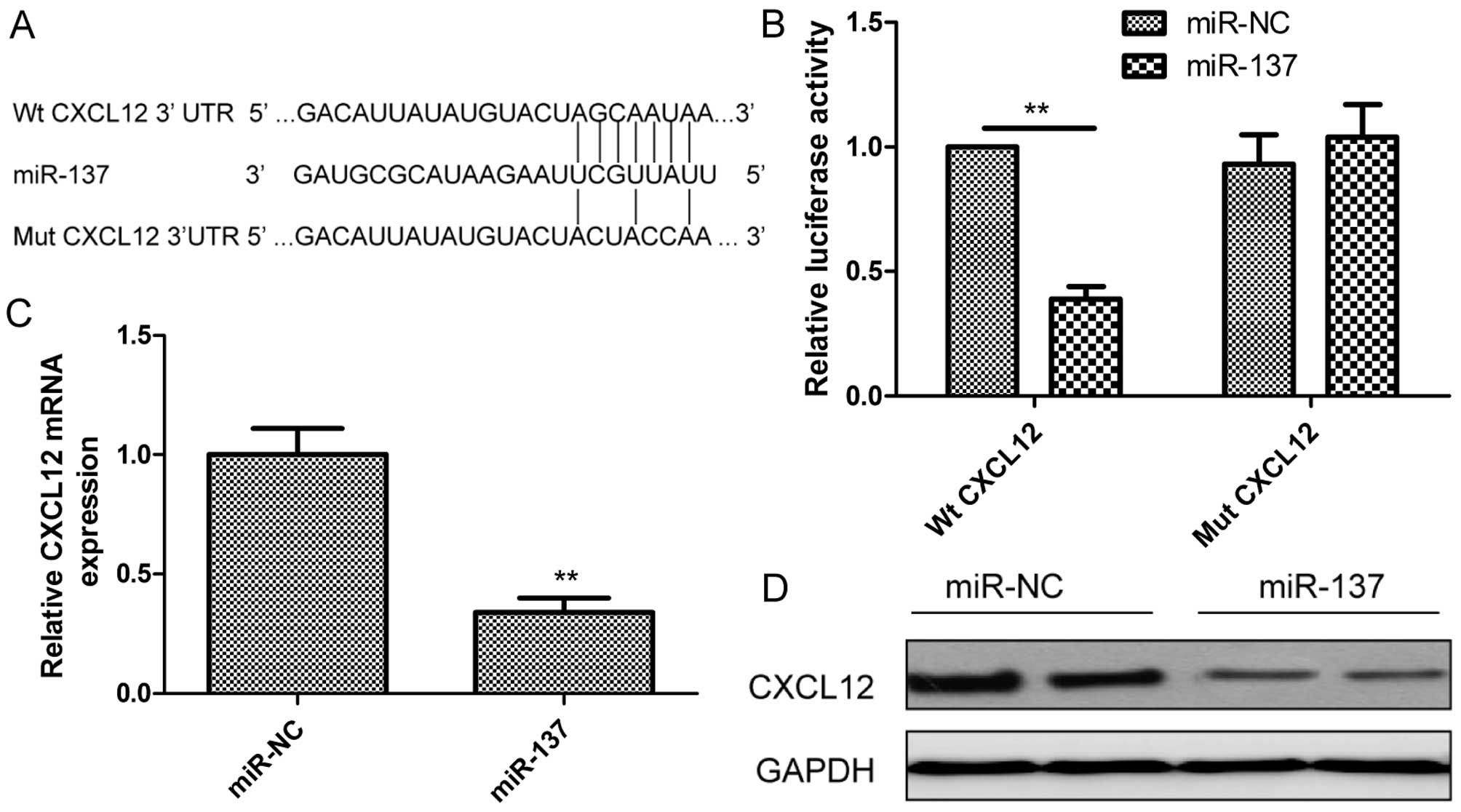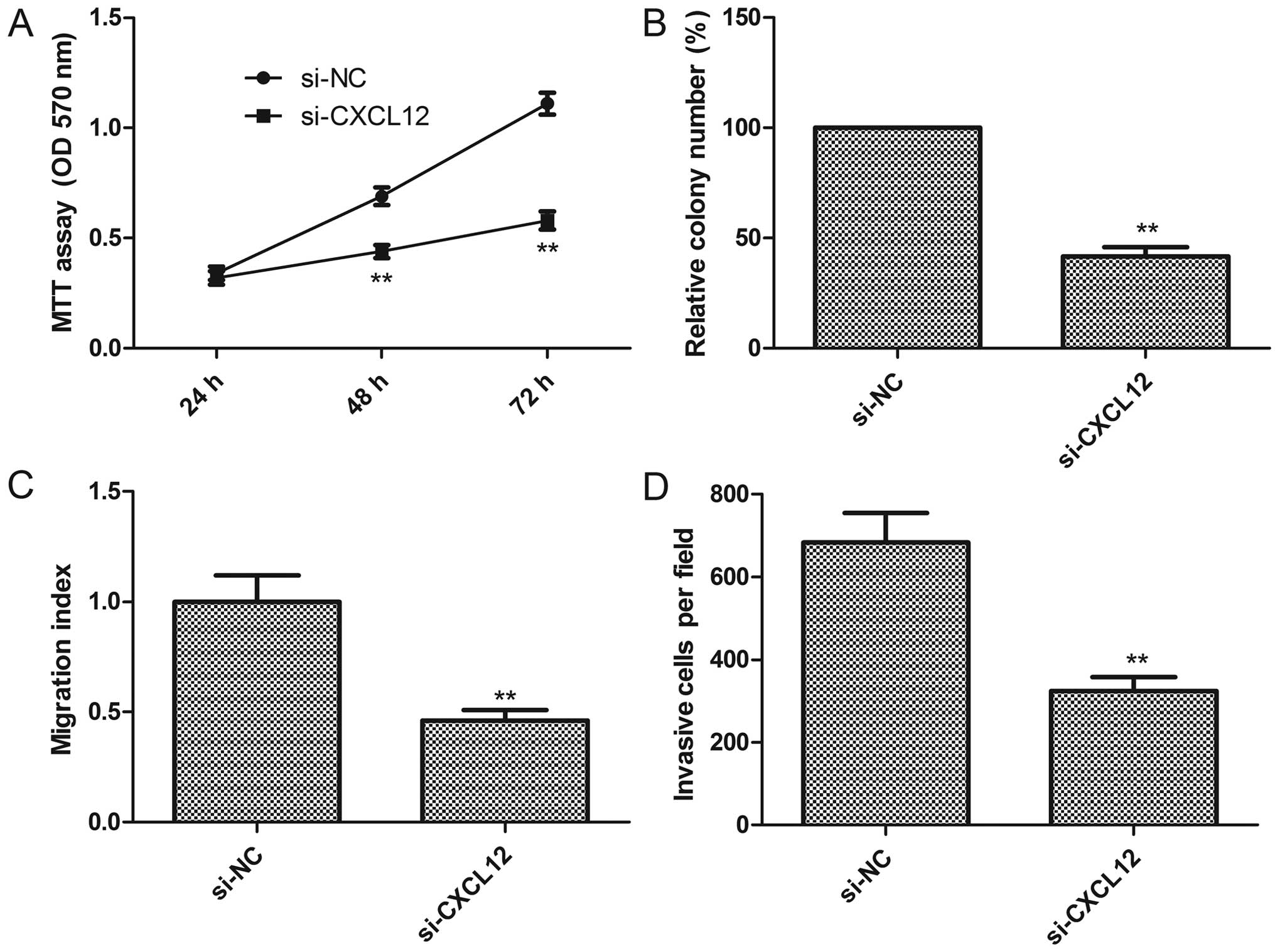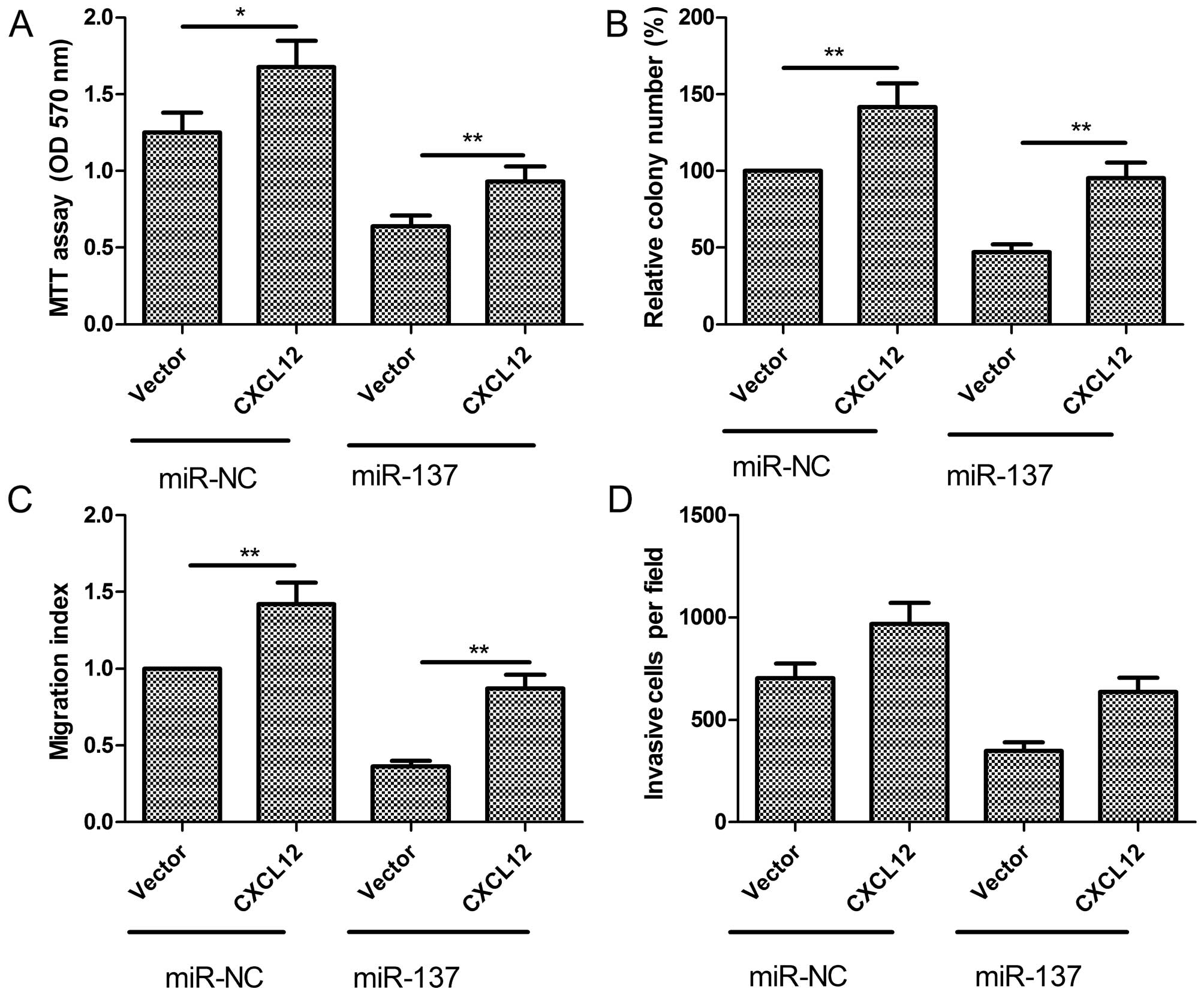|
1
|
Brown RL, de Souza JA and Cohen EE:
Thyroid cancer: Burden of illness and management of disease. J
Cancer. 2:193–199. 2011. View Article : Google Scholar : PubMed/NCBI
|
|
2
|
Pitoia F, Bueno F, Urciuoli C, Abelleira
E, Cross G and Tuttle RM: Outcomes of patients with differentiated
thyroid cancer risk-stratified according to the American Thyroid
Association and Latin American Thyroid Society Risk of Recurrence
Classification Systems. Thyroid. 23:1401–1407. 2013. View Article : Google Scholar : PubMed/NCBI
|
|
3
|
Nikiforova MN and Nikiforov YE: Molecular
genetics of thyroid cancer: Implications for diagnosis, treatment
and prognosis. Expert Rev Mol Diagn. 8:83–95. 2008. View Article : Google Scholar
|
|
4
|
Lang BH, Wong KP, Wan KY and Lo CY:
Significance of metastatic lymph node ratio on stimulated
thyroglobulin levels in papillary thyroid carcinoma after
prophylactic unilateral central neck dissection. Ann Surg Oncol.
19:1257–1263. 2012. View Article : Google Scholar :
|
|
5
|
Brennecke J and Cohen SM: Towards a
complete description of the microRNA complement of animal genomes.
Genome Biol. 4:2282003. View Article : Google Scholar : PubMed/NCBI
|
|
6
|
Ambros V: The functions of animal
microRNAs. Nature. 431:350–355. 2004. View Article : Google Scholar : PubMed/NCBI
|
|
7
|
Bartel DP: MicroRNAs: Genomics,
biogenesis, mechanism, and function. Cell. 116:281–297. 2004.
View Article : Google Scholar : PubMed/NCBI
|
|
8
|
Carthew RW and Sontheimer EJ: Origins and
mechanisms of miRNAs and siRNAs. Cell. 136:642–655. 2009.
View Article : Google Scholar : PubMed/NCBI
|
|
9
|
Esquela-Kerscher A and Slack FJ: Oncomirs
- microRNAs with a role in cancer. Nat Rev Cancer. 6:259–269. 2006.
View Article : Google Scholar : PubMed/NCBI
|
|
10
|
Lu J, Getz G, Miska EA, Alvarez-Saavedra
E, Lamb J, Peck D, Sweet-Cordero A, Ebert BL, Mak RH, Ferrando AA,
et al: MicroRNA expression profiles classify human cancers. Nature.
435:834–838. 2005. View Article : Google Scholar : PubMed/NCBI
|
|
11
|
Volinia S, Calin GA, Liu CG, Ambs S,
Cimmino A, Petrocca F, Visone R, Iorio M, Roldo C, Ferracin M, et
al: A microRNA expression signature of human solid tumors defines
cancer gene targets. Proc Natl Acad Sci USA. 103:2257–2261. 2006.
View Article : Google Scholar : PubMed/NCBI
|
|
12
|
Aragon Han P, Weng CH, Khawaja HT,
Nagarajan N, Schneider EB, Umbricht CB, Witwer KW and Zeiger MA:
MicroRNA expression and association with clinicopathologic features
in papillary thyroid cancer: A systematic review. Thyroid.
25:1322–1329. 2015. View Article : Google Scholar : PubMed/NCBI
|
|
13
|
Chen Q, Chen X, Zhang M, Fan Q, Luo S and
Cao X: miR-137 is frequently down-regulated in gastric cancer and
is a negative regulator of Cdc42. Dig Dis Sci. 56:2009–2016. 2011.
View Article : Google Scholar : PubMed/NCBI
|
|
14
|
Liu M, Lang N, Qiu M, Xu F, Li Q, Tang Q,
Chen J, Chen X, Zhang S, Liu Z, et al: miR-137 targets Cdc42
expression, induces cell cycle G1 arrest and inhibits invasion in
colorectal cancer cells. Int J Cancer. 128:1269–1279. 2011.
View Article : Google Scholar
|
|
15
|
Bi Y, Han Y, Bi H, Gao F and Wang X:
miR-137 impairs the proliferative and migratory capacity of human
non-small cell lung cancer cells by targeting paxillin. Hum Cell.
27:95–102. 2014. View Article : Google Scholar
|
|
16
|
Guo J, Xia B, Meng F and Lou G: miR-137
suppresses cell growth in ovarian cancer by targeting AEG-1.
Biochem Biophys Res Commun. 441:357–363. 2013. View Article : Google Scholar : PubMed/NCBI
|
|
17
|
Althoff K, Beckers A, Odersky A, Mestdagh
P, Köster J, Bray IM, Bryan K, Vandesompele J, Speleman F,
Stallings RL, et al: MiR-137 functions as a tumor suppressor in
neuroblastoma by downregulating KDM1A. Int J Cancer. 133:1064–1073.
2013. View Article : Google Scholar : PubMed/NCBI
|
|
18
|
Zhao Y, Li Y, Lou G, Zhao L, Xu Z, Zhang Y
and He F: MiR-137 targets estrogen-related receptor alpha and
impairs the proliferative and migratory capacity of breast cancer
cells. PLoS One. 7:e391022012. View Article : Google Scholar : PubMed/NCBI
|
|
19
|
Zhang L, Li Z, Gai F and Wang Y:
MicroRNA-137 suppresses tumor growth in epithelial ovarian cancer
in vitro and in vivo. Mol Med Rep. 12:3107–3114. 2015.PubMed/NCBI
|
|
20
|
He Y, Meng C, Shao Z, Wang H and Yang S:
MiR-23a functions as a tumor suppressor in osteosarcoma. Cell
Physiol Biochem. 34:1485–1496. 2014. View Article : Google Scholar : PubMed/NCBI
|
|
21
|
Minna E, Romeo P, De Cecco L, Dugo M,
Cassinelli G, Pilotti S, Degl'Innocenti D, Lanzi C, Casalini P,
Pierotti MA, et al: miR-199a-3p displays tumor suppressor functions
in papillary thyroid carcinoma. Oncotarget. 5:2513–2528. 2014.
View Article : Google Scholar : PubMed/NCBI
|
|
22
|
Chou CK, Yang KD, Chou FF, Huang CC, Lan
YW, Lee YF, Kang HY and Liu RT: Prognostic implications of miR-146b
expression and its functional role in papillary thyroid carcinoma.
J Clin Endocrinol Metab. 98:E196–E205. 2013. View Article : Google Scholar
|
|
23
|
Liu L, Wang J, Li X, Ma J, Shi C, Zhu H,
Xi Q, Zhang J, Zhao X and Gu M: MiR-204-5p suppresses cell
proliferation by inhibiting IGFBP5 in papillary thyroid carcinoma.
Biochem Biophys Res Commun. 457:621–626. 2015. View Article : Google Scholar : PubMed/NCBI
|
|
24
|
Ma Y, Qin H and Cui Y: MiR-34a targets
GAS1 to promote cell proliferation and inhibit apoptosis in
papillary thyroid carcinoma via PI3K/Akt/Bad pathway. Biochem
Biophys Res Commun. 441:958–963. 2013. View Article : Google Scholar : PubMed/NCBI
|
|
25
|
Xiu Y, Liu Z, Xia S, Jin C, Yin H, Zhao W
and Wu Q: MicroRNA-137 upregulation increases bladder cancer cell
proliferation and invasion by targeting PAQR3. PLoS One.
9:e1097342014. View Article : Google Scholar : PubMed/NCBI
|
|
26
|
Liu LL, Lu SX, Li M, Li LZ, Fu J, Hu W,
Yang YZ, Luo RZ, Zhang CZ and Yun JP: FoxD3-regulated microRNA-137
suppresses tumour growth and metastasis in human hepatocellular
carcinoma by targeting AKT2. Oncotarget. 5:5113–5124. 2014.
View Article : Google Scholar : PubMed/NCBI
|
|
27
|
Secchiero P, Celeghini C, Cutroneo G, Di
Baldassarre A, Rana R and Zauli G: Differential effects of stromal
derived factor-1 alpha (SDF-1 alpha) on early and late stages of
human megakaryocytic development. Anat Rec. 260:141–147. 2000.
View Article : Google Scholar : PubMed/NCBI
|
|
28
|
Nagasawa T: CXCL12/SDF-1 and CXCR4. Front
Immunol. 6:3012015. View Article : Google Scholar : PubMed/NCBI
|
|
29
|
Jung YY, Park IA, Kim MA, Min HS, Won JK
and Ryu HS: Application of chemokine CXC motif ligand 12 as a novel
diagnostic marker in preoperative fine-needle aspiration biopsy for
papillary thyroid carcinoma. Acta Cytol. 57:447–454. 2013.
View Article : Google Scholar : PubMed/NCBI
|
|
30
|
Mochizuki H, Matsubara A, Teishima J,
Mutaguchi K, Yasumoto H, Dahiya R, Usui T and Kamiya K: Interaction
of ligand-receptor system between stromal-cell-derived factor-1 and
CXC chemokine receptor 4 in human prostate cancer: A possible
predictor of metastasis. Biochem Biophys Res Commun. 320:656–663.
2004. View Article : Google Scholar : PubMed/NCBI
|
|
31
|
Kinouchi M, Uchida D, Kuribayashi N,
Tamatani T, Nagai H and Miyamoto Y: Involvement of miR-518c-5p to
growth and metastasis in oral cancer. PLoS One. 9:e1159362014.
View Article : Google Scholar : PubMed/NCBI
|
|
32
|
Zhang J, Liu J, Liu Y, Wu W, Li X, Wu Y,
Chen H, Zhang K and Gu L: miR-101 represses lung cancer by
inhibiting interaction of fibroblasts and cancer cells by
down-regulating CXCL12. Biomed Pharmacother. 74:215–221. 2015.
View Article : Google Scholar : PubMed/NCBI
|
|
33
|
Lv Y, Lei Y, Hu Y, Ding W, Zhang C and
Fang C: miR-448 negatively regulates ovarian cancer cell growth and
metastasis by targeting CXCL12. Clin Transl Oncol. 17:903–909.
2015. View Article : Google Scholar : PubMed/NCBI
|















